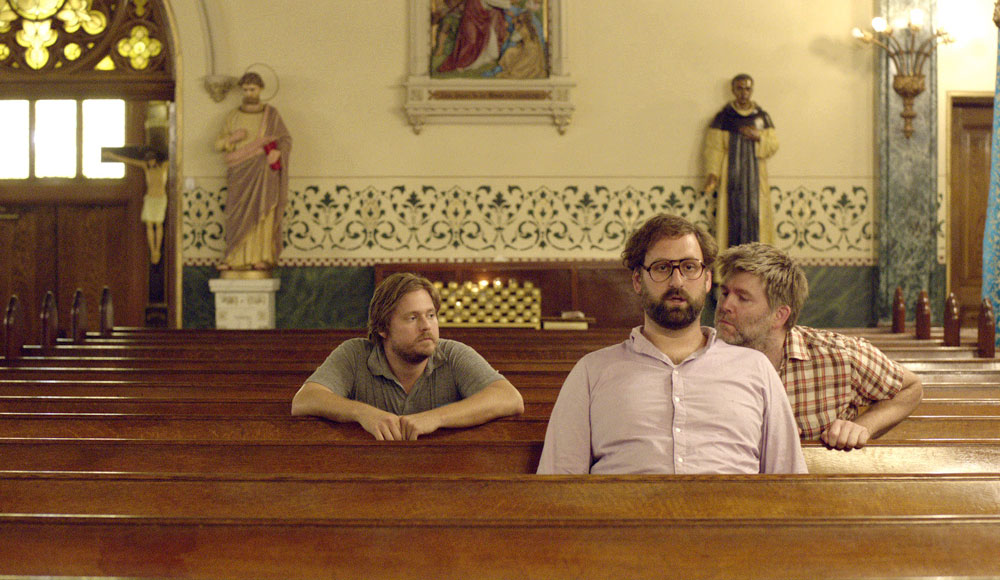“Artists like Amanaz and Bill Fey, they’re not necessarily difficult to find, but they’re a sub-cultural kind of music. It was really important to me that we illustrated that these men who seem like buffoons are educated, that they have an interest in culture. I wanted to use music that’s not really commonplace and shows an interest in culture. Much of it’s being played in the characters’ houses.
When the music is environmental, it doesn’t really matter if the filmmaker likes it or not. With the exception of the William Basinski, which was utilized more like a score, all of the vocal songs are very much set design. I love the Gayngs record for a number of conflicting reasons. This idea of soft rock and white R&B might’ve had ironic beginnings, but once that irony is stripped away, at the core there’s a real love of the music.
I’m also a big fan of ambient music. When I juxtapose these things with the images, what I’m looking for is music that doesn’t simplify too much — that has some use, has some contrast, and heightens the experience to some degree. But it stops being intellectual. Ultimately, you’re dealing with mood in the same way that if you’re sitting down to have dinner you put on a certain record.”

